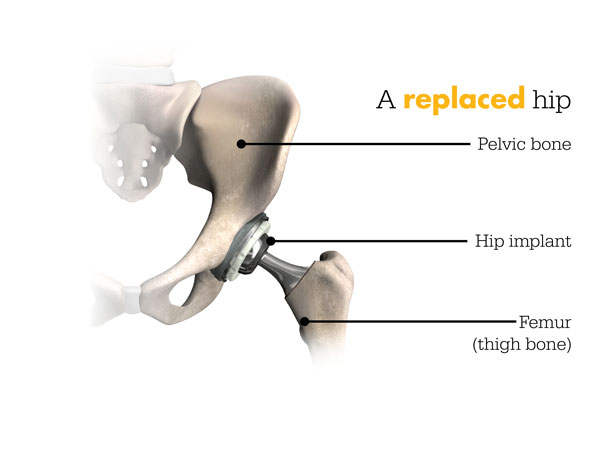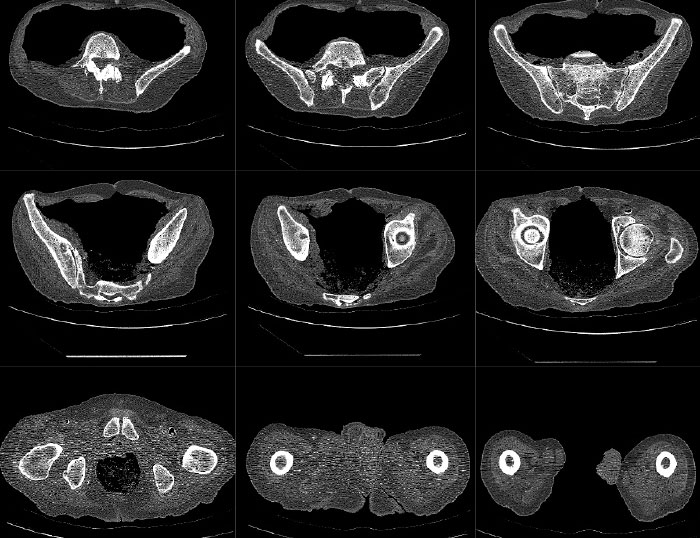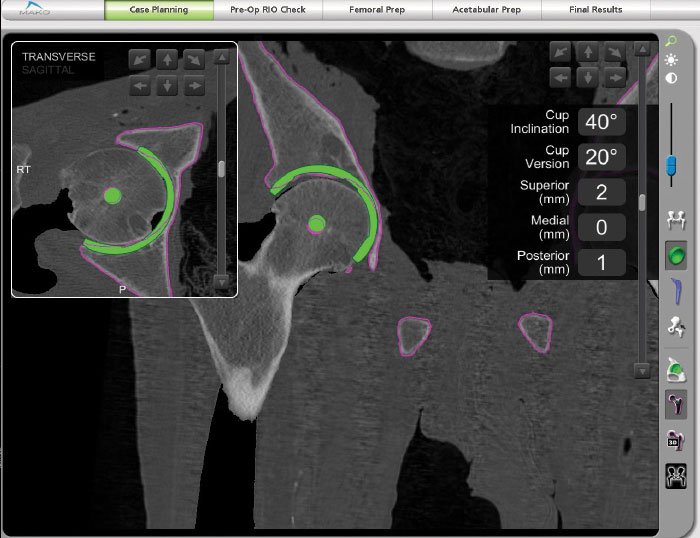Total Hip Replacement
The Mako total hip application is for adults who suffer from degenerative joint disease of the hip. During surgery, the surgeon guides the robotic-arm during bone preparation to prepare the hip socket and position the implant according to the pre-determined surgical plan.
In cadaveric studies, Mako total hip replacement acetabular cup placement has been shown to be four times more accurate and reproducible than manual total hip replacement procedures.
Each patient is unique, and can experience joint pain for different reasons. It’s important to talk to us about the reason for your hip pain so you can understand the treatment options available to you. Pain from arthritis and joint degeneration can be constant or come and go, occur with movement or after a period of rest, or be located in one spot or many parts of the body.
It is common for patients to try medication and other conservative treatments to treat their hip pain. If you haven’t experienced adequate relief with those treatment options, you may be a candidate for Mako total hip replacement, which may provide you with relief from your hip pain.
Treating Arthritis with Mako Total Hip Replacement
Learn more about Stryker's Mako Total Hip replacement
How Mako Technology Works
Mako robotic-arm assisted technology provides you with a personalized surgical plan based on your unique anatomy. First, a CT scan of the diseased joint is taken. This CT scan is uploaded into the Mako system software, where a 3D model of your hip is created. This 3D model is used to pre-plan and assist your surgeon in performing your total hip replacement.
In the operating room, your surgeon follows your personalized surgical plan while preparing the bone for the implant. The surgeon guides the robotic-arm within the pre-defined area and the Mako system. The surgeon guides the robotic-arm within the pre-defined area and the Mako system helps the surgeon stay within the planned boundaries that were defined when the personalized pre-operative plan was created. This helps to provide more accurate placement and alignment of your implant.


Step 1. Hip CT Scan

Step 2. Hip Personalized Planning

It’s important to understand that the surgery is performed by an orthopedic surgeon, who guides the surgeon-controlled robotic-arm during the surgery to position the implant in the hip joint. The Mako robotic-arm does not perform surgery, make decisions on its own, or move without the surgeon guiding the robotic-arm. The Mako system also allows your surgeon to make adjustments to your plan during surgery as needed.
Mako Total Hip Replacement Testimonial
Learn more about Stryker's Mako Total Hip replacement
